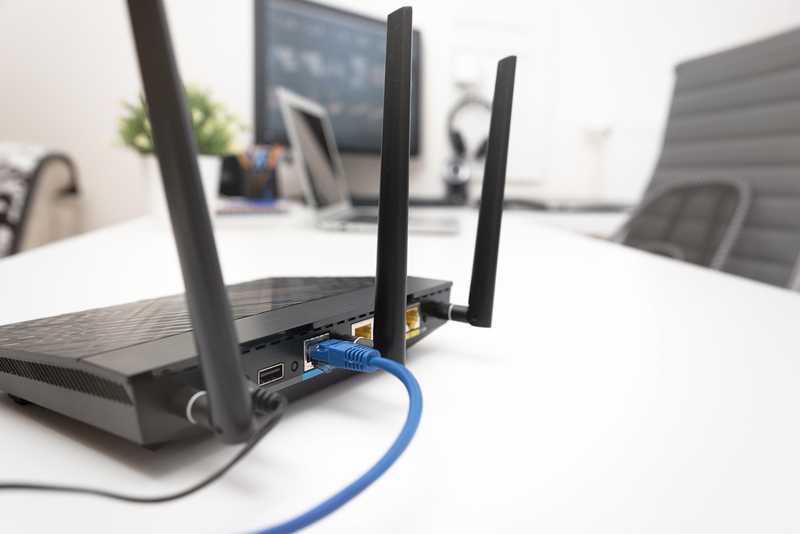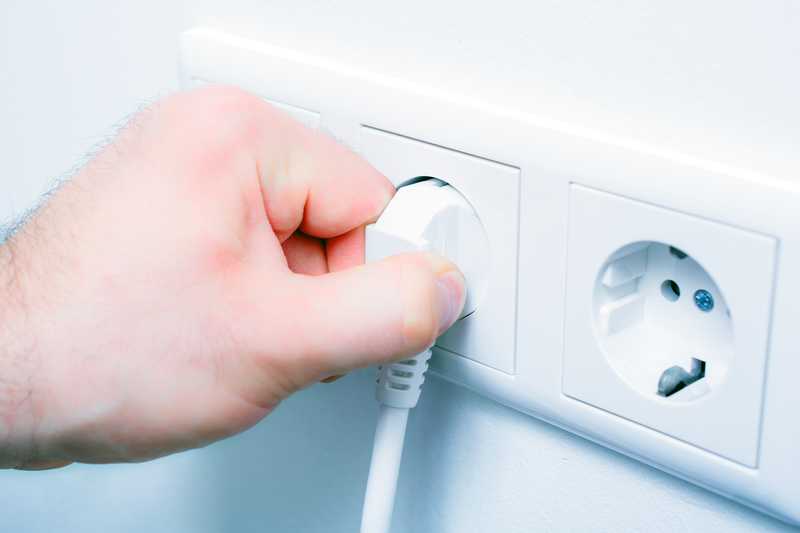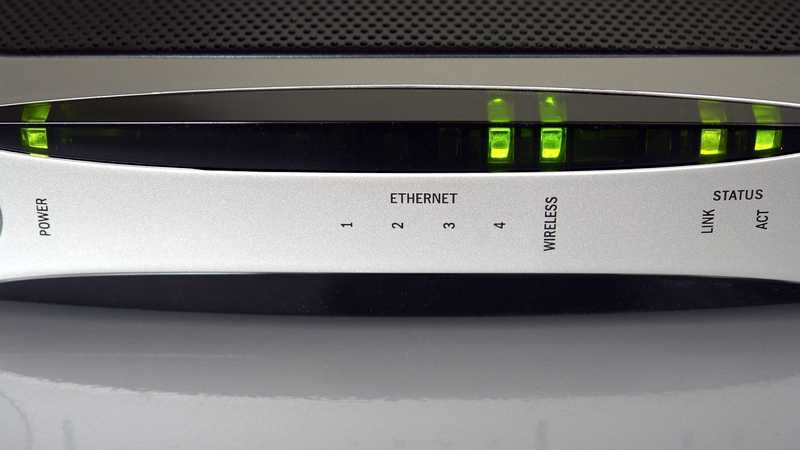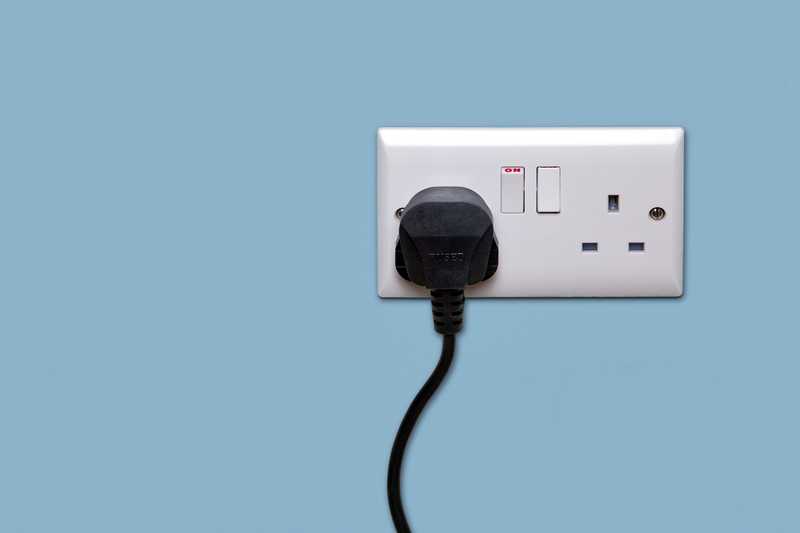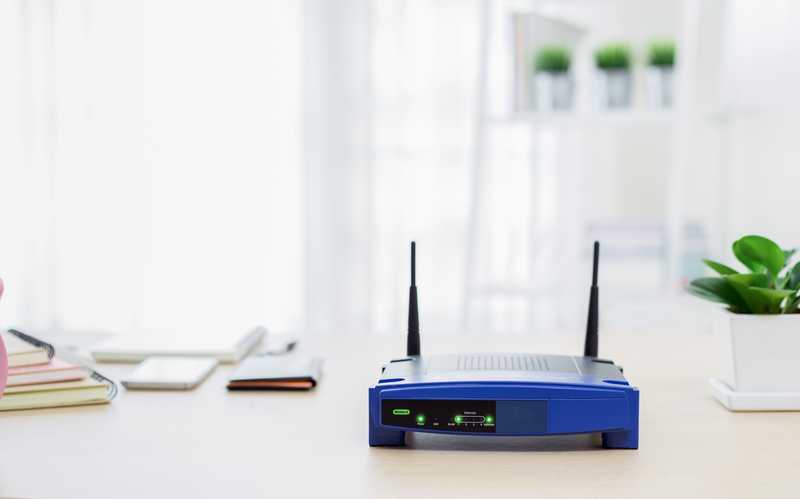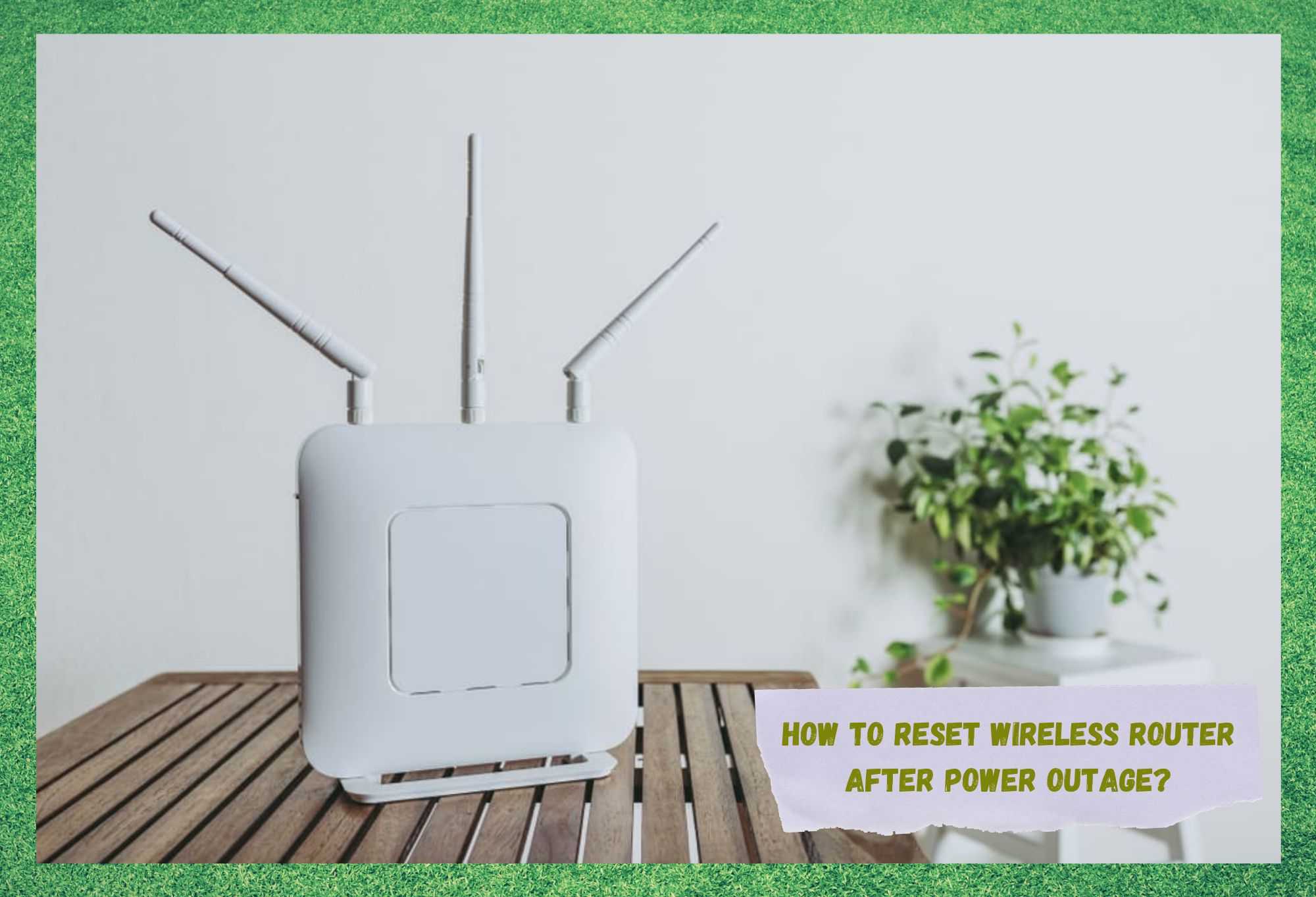
At this stage, we have all become at least somewhat reliant on a decent home internet system. Even though we might not like to admit it, it can seem like life can just grind to a halt when something goes wrong with the connection.
We are left without our smart TV’s, streaming services, games, and sometimes even not being able to continue work.
Of all of the things that can stop a router from working, the one that seems to cause the most panic is a power outage.
However, these will rarely cause your router to sustain any actual permanent damage – unless there has been a dramatic power surge to the device, it is probably going to be just fine.
In fact, sometimes even after a surge, not all is lost. The trick that nearly everyone out there will tell you is that the system will be up and running again after you reset the router. However, not everyone will know how this is done. So, that’s what we are going to explain for you today.
How To Reset Wireless Router After Power Outage?
Given that there are so many brands out there at the moment supplying routers to the masses, we are going to have to keep this guide a little bit general. That being said, there are some techniques that work across the board.
For that reason, we have decided to give you a couple of different methods here. Bear in mind that none of these will require you to do anything difficult.
We won’t be asking you to do anything that could damage your equipment either. So, with that having been said, let’s get stuck right into it.
- Power Cycling to Reset
Of the two types of resets that can eb done on a standard router, this is by far the more commonly used one. Not only that, but it is generally the one that gets the job done too.
So, you may not even need to read beyond this one. Power cycling isn’t as high energy an activity as it first sounds. All it entails is removing power from the device for long enough to allow it to clear its cache and any bugs and glitches that may lie therein.
Any time there is an issue with your router, this should be the first port of call. Here is how it is done:
The first thing you will need to do is take out the main power cable from the router, or just from the wall if it doesn’t detach from the router itself. Net up, you will now need to connect all other wires that are connecting the device to anything else, leaving it in total isolation.
For the next step, all you need to do is leave the router there doing nothing for a while. We generally find that 5 minutes will do. Now all that remains is to connect up all of the wires again and allow the device to start up again.
At this point, you should notice that there is at least one light that is blinking, and perhaps more depending on the model of router you are using. This is nothing to be alarmed about.
All it is is the device reconfiguring itself and essentially remembering what it is that it was designed to do. After some time has passed, these lights should become solid, and your internet connection will come alive again.
What if I am Using a separate Router and Modem?
There will be some of you out there who have a setup that consists of a separate modem and router. For this to work for you, you will need to reset both devices in the same manner as detailed above.
However, we would recommend that you start up the modem before the router and allow that to reconfigure itself before trying the router. As such, it will take you a little longer, but the result should be the same
On occasion, the power cycling method of resetting a router may just not cut it. Luckily, there is another technique to try, and one that ups the ante a little. Basically, this is like a power reset on steroids.
Of course, considering that raw aggression factor, there is something that we should forewarn you about before you try this.
A factory reset restores the router to the EXACT settings that it left the factory with. This means that any changes you have made to the device since you bought it will be erased in the process.
As such, you will have to go through the whole setup process again – just like you did the first day you brought it into your house. To us, this is a small price to pay, but we figured we should warn you, regardless. Let’s go through the process.
The first thing you will need to do here is to make sure that the router’s main power cable is plugged in. This type of reset will only work if the device is getting power and is ready to run.
Now, you will need to find a small pin and equip yourself with that as the only tool you will need. Pretty much every router out there will have a tiny little button that is inset a little from the casing so that it isn’t pressed by accident.
This button will most likely be on the underside or the back of the router. Have a look around until you find it. Once you have found the button, you will need to use the pin to press the button and hold it down.
In some cases, you will need to hold down this button for a surprisingly long time before anything happens. So, make sure you don’t let go until the router gives you a sign that it has understood the rest command. In nearly every eventuality, the router’s lights will start flashing as a method of confirming the reset.
After a while, these lights will become stable again, indicating that the reset was a success. At this point, you will now need to connect it up to the laptop/PC and go through the setup process.
Once you’ve done that, your router will most likely be back up and running again.
- Hardware Problems
If you have gone through both types of reset and not noticed any improvement, we are afraid that the news is most likely not all that good. Generally, this will mean that the hardware has developed a problem – most likely due to a large and unexpected power fluctuation.
Unfortunately, this outcome will most likely result in you needing to have the router replaced entirely. At the very least, we can’t recommend that you open it up and have a look as this requires a certain level of tech skill.
However, before you take decisive action here, there is one last check to perform. Have a quick check of your internet connection. If it is even vaguely working, this will mean that the issue is most likely on the end of your internet service provider.
So, if it turns out that the internet is coming from the modem just fine, you should get in touch with the customer support team for the router you are using. While you are talking to them, it is always a good idea to let them know what you have tried so far in an attempt to fix the problem.
That way, they will be able to get to the root of the problem a little quicker. Also, because you will now be talking to a specific company, it is more likely that they will be able to offer you dedicated troubleshooting tips that are specific to your exact router.
On a final note, it is sometimes possible to get a replacement router for free if it was still under warranty. So, this may all end up well yet! Good luck!
